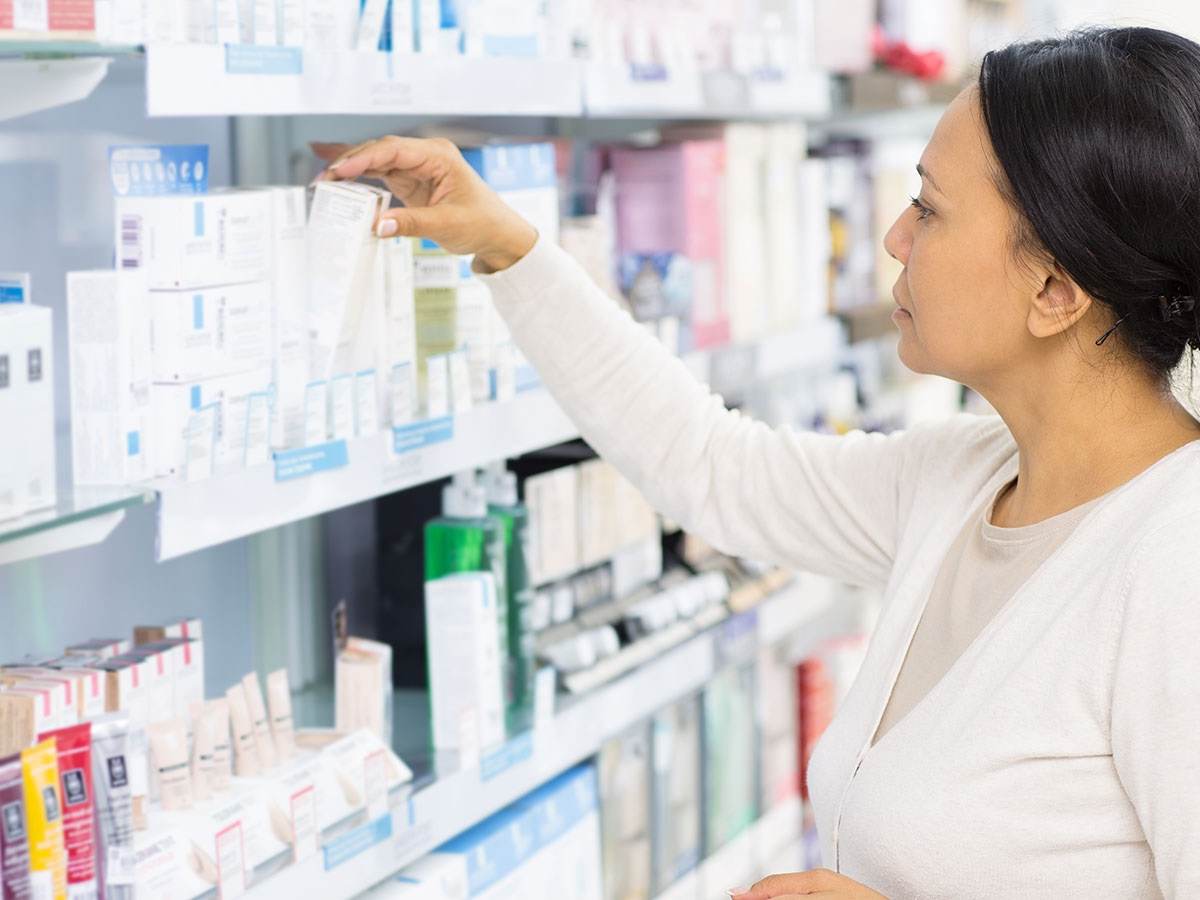September 4, 2020
Self-selection studies are a type of research that the US Food and Drug Administration often requires manufacturers of over-the-counter (OTC) medical and combination products to conduct. However, in our experience, FDA also sometimes requests self-selection data for OTC combination products and medical devices. Self-selection studies are important for OTC products because a layperson must determine independently (perhaps after receiving some training) whether a product is suitable for them. The shift in responsibility from prescribing healthcare provider to the layperson to make a correct decision “raises the ante” when it comes to ensuring safe and effective use of OTC products, and FDA has enforced special testing requirements for some time now.
In its guidance to industry, FDA states, “A self-selection study assesses the ability of consumers to apply drug labeling information to their personal health situation to make correct decisions about whether or not it is appropriate for them to use a drug product.” Our human factors engineering team has conducted several such studies, which might be incorporated into other product evaluation efforts, such as human factors validation tests (i.e., summative usability tests). The studies have covered a range of products, including but not limited to:
- An e-cigarette that should not be purchased and used by an adolescent.
- A hair regrowth reduction device that should not be used by people with specific combinations of hair and skin characteristics.
- A device that eliminates benign skin lesions that should not be used by adolescents, pregnant women, and people with diabetes.
Targeting intended, unintended users
Self-selection studies fit naturally under the umbrella of usability testing because they evaluate interactions between people and products. However, there is an interesting distinction between a self-selection study and typical usability tests of a product. The difference is that for self-selection the study participants are recruited to represent the following two main groups: intended users and unintended users – people for whom product use is contraindicated. For example, a given product only be indicated for use by women as opposed to men; adults as opposed to children; or people in good health versus those who are not.
The FDA guidance states, “… the primary objective(s) of a self-selection study should be to assess if subjects, after reading the drug product label, can make a correct self-selection decision(s) based on their medical condition(s).” The key end-point is to demonstrate that people for whom the product is contraindicated will not use it, principally because they can see it is not meant for them at the time they are shopping. That said, a self-selection study also serves to determine if particular intended users can correctly self-diagnose and confirm that a product is suitable for their use. It’s a poor outcome when someone who would benefit from using a given product incorrectly concludes that it is not meant for them.
Safety-focused design guidelines
So, how do you make sure that users do not buy the wrong product and use it in potentially harmful ways?
The following design guidelines – which are really quite basic – pertain to products that one finds on store shelves in a pharmacy. They also pertain to products available via many online retailers.
- Place contraindication information on the product’s front-facing (i.e., user-facing) portion of the product’s packaging. People need to see it to act on it.
- Present contraindication information in both text and graphical forms when feasible. This will help draw extra attention to the content and potentially meet the needs of people who have low literacy or who speak a different language than the one used for the product’s labeling.
- Apply the usual set of visual design guidelines to ensure content legibility, including making text high-contrast, sufficiently large, and written in clear and concise language.
Self-selection studies normally call for presenting products in a naturalistic, albeit still usually simulated, manner. Accordingly, such studies give people the chance to encounter the product as it would appear in a retail setting (real or virtual). The ensuing interactions may go in many possible directions but, ideally, result in the appropriate users concluding that the product is right for them, and inappropriate users concluding they should not use the product. Self-selection studies might also involve knowledge testing, whereby participants review and interpret content (text and/or graphics) within the packaging and labeling to determine who would and would not be the intended users, regardless of their status. If someone says the product is suitable for their use when it is not, you have a problem.
In case of such failures, the normal course of root cause analysis and residual risk analysis needs to proceed. The most common failures are due to the following root causes:
- Contraindication was not visible at-a-glance, or was not sufficiently conspicuous.
- Contraindication was unclear due to confusing wording and/or graphics.
There is always the possibility that someone will understand a product is contraindicated for their use, but they choose to use it anyway. But, such scenarios become a matter of compliance (well, intentional noncompliance) rather than a matter of a failure in product packaging communication.
Components of a successful self-selection study
Keys to a successful study include the following:
- Recruit an appropriate and sufficiently large sample of people to participate in the study. FDA expects that the sample will include people with “low and normal literacy skills.” Also, engage people who are close to the edge of being appropriate versus inappropriate users (e.g., a contraindicated adolescent who is 17, just one year younger than the indicated age of 18).
- Avoid bias in the framing of selection task prompts and follow-up questions.
- Evaluate production-equivalent packaging versus a prototype that is likely to change form before the product goes to market.
- Ensure a reasonable representative product selection setting for testing, perhaps even an actual or (more likely) mock pharmacy.
In summary, self-selection studies amount to relatively straightforward research. But, it should conform with FDA’s aforementioned guidance. Communicating contraindications is a critical part of mitigating the risk of people using a product that could cause them harm instead of providing a benefit.
Michael Wiklund, CHFP, P.E., is General Manager of Human Factors Research & Design at Emergo by UL.
Request more information from our specialist
Thanks for your interest in our products and services. Let's collect some information so we can connect you with the right person.







